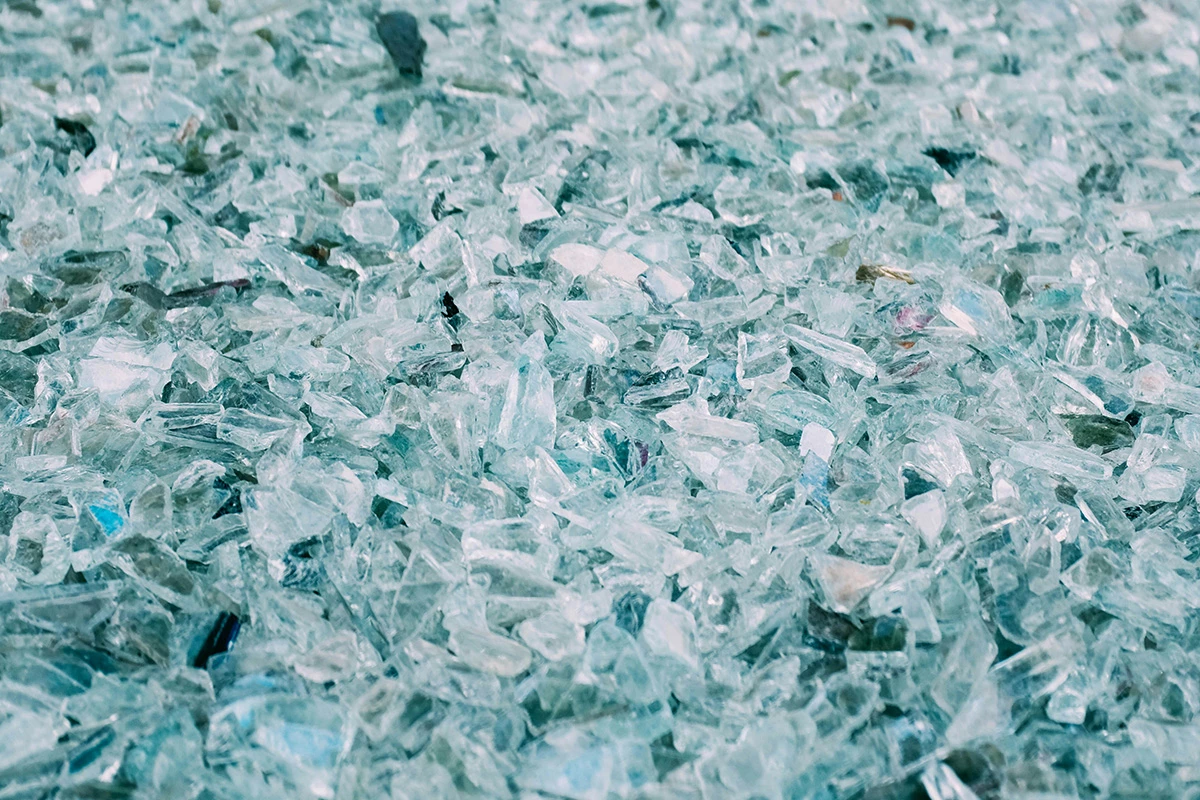Glass isn't as easy to recycle as we might think, so we need as many ways to turn it into new products as we can devise. Researchers at the University of Portsmouth have developed a way to use powdered discarded glass in building blocks for construction, which could make this versatile material a lot more sustainable.
The team, which included scientists from three other universities, explored how recycled glass could serve as a stabilizing agent in compressed earth blocks (CEB). As the name suggests, these are building materials made from soil, water, and usually cement; they're mixed in specific proportions and compressed into bricks under high pressure, resulting in a durable, sustainable construction material with far lower carbon emissions than fired bricks.
In the most common CEB recipe, cement acts as a binder, enhancing the bricks' structural properties and preventing water damage. Replacing cement here would require identifying ingredients that would offer similar strength, durability, and resistance to cracking.

Dr Muhammad Ali, who co-authored the paper that appeared in Discover Civil Engineering last month, explained that after numerous attempts, the team had come up with an optimal mix including recycled glass particles.
“At each percentage level we tested for water absorption, how resistant to breaking the blocks were when compressed, and to determine the maximum stress the block could withstand while being stretched or pulled, before breaking or becoming deformed,” he said. After testing blocks with varying mixes using lime and recycled waste glass, we found that a composition of 10% lime and 10% recycled glass particles produced the strongest blocks with no cracking under intense pressure.”

The researchers thus recommend that CEB manufacturers can consider using this mix to make more sustainable bricks. They note that there's room to further study just how durable these bricks would be under various conditions.
Other than that, you're looking at a promising way to make use of waste glass that would otherwise require a lot of energy and resources to refine, transport, and distribute in a traditional recycling process. What remains to be seen, though, is whether the demand for CEB can grow enough to expand this method of recycling glass to make a meaningful impact.

CEBs are great for low-rise residential and community buildings (like schools and clinics) in climates with low to moderate humidity; they're not suitable for high-rise constructions common in developed cities. But given that they use locally sourced materials and utilize a lot of labor, recycled glass-infused CEBs could be worth considering for sustainable construction in many developing countries.
Scientists around the world have been working on a variety of ways to keep glass out of landfills. It can be used to make fire-resistant cladding, replace sand in concrete for 3D printing, and also be combined with trash-ash to make a brick that insulates better than regular ones. There's even been at attempt at making a type of glass that breaks down when composted.
Source: University of Portsmouth







